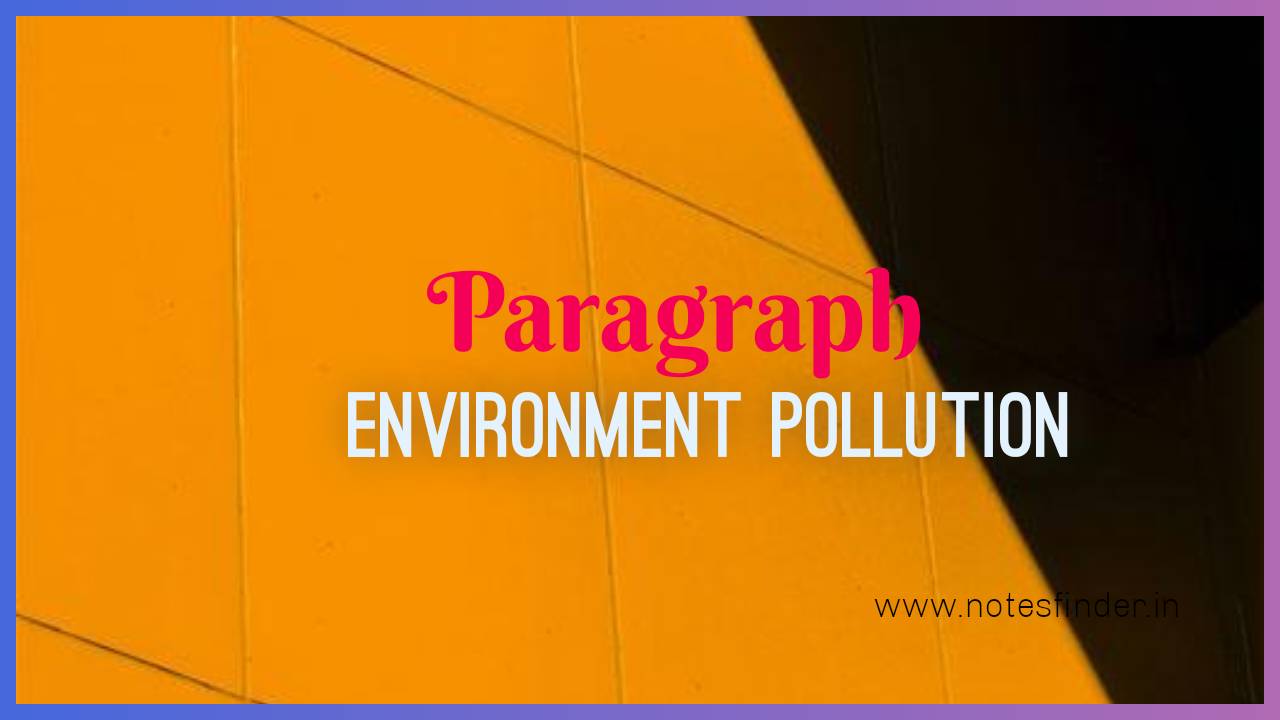Floods are a natural disaster that can cause extensive harm to humans, property, and the environment. Due to India’s tropical climate, floods occur almost every year, caused by heavy rainfall, overflowing rivers, and inadequate drainage systems. The annual flooding has become a significant issue in India, leading to substantial loss of life and property. In recent years, the frequency and intensity of floods have increased, resulting in various social and economic problems.
India experiences severe floods due to high-intensity monsoon rains, which damage the agriculture and crops, resulting in loss of livelihood for many farmers. Floods also cause harm to housing and infrastructure, disrupting daily activities. Waterlogging in both urban and rural areas spreads water-borne diseases and epidemics.
To mitigate flood damage, the Indian government has initiated various programs, such as constructing dams, canals, and embankments, improving drainage systems, and providing early warning systems. With technological advancements and real-time monitoring, the government can predict the worst-hit areas during floods. However, more measures need to be taken to improve the effectiveness of flood mitigation programs to reduce the colossal loss caused by floods. In conclusion, India must prioritize long-term planning and mitigation measures to minimize the harm caused by floods.
Read More👇
- Our School /Your School
- Durga Puja / Durga Puja Festival
- Importantance of Discipline in Student Life
- Health is Wealth
- Autobiography of A Bicycle
- Science in Our Daily Lives
- Festivals of Bengal /Festivals in Bengal
- Unity in Diversity in India
- Summer Season
- Monsoon/ Rainy Season
- Winter Season
- Spring Season
- A Book I Have Recently Read
- National Flag of India
- Prize Giving Ceremony of Your School
- My Hobby /Your Hobby
- My Favourite Game /Your Favourite Game
- Importance of Reading Newspaper
- Save Drive, Save Life
- Holi- The Festival of Colours
- Your Village /My Village
- A Book Fair
- A Village Fair
- School Magazine
- Drought
- Green Revolution in India
- Tree Plantation
- Flood



